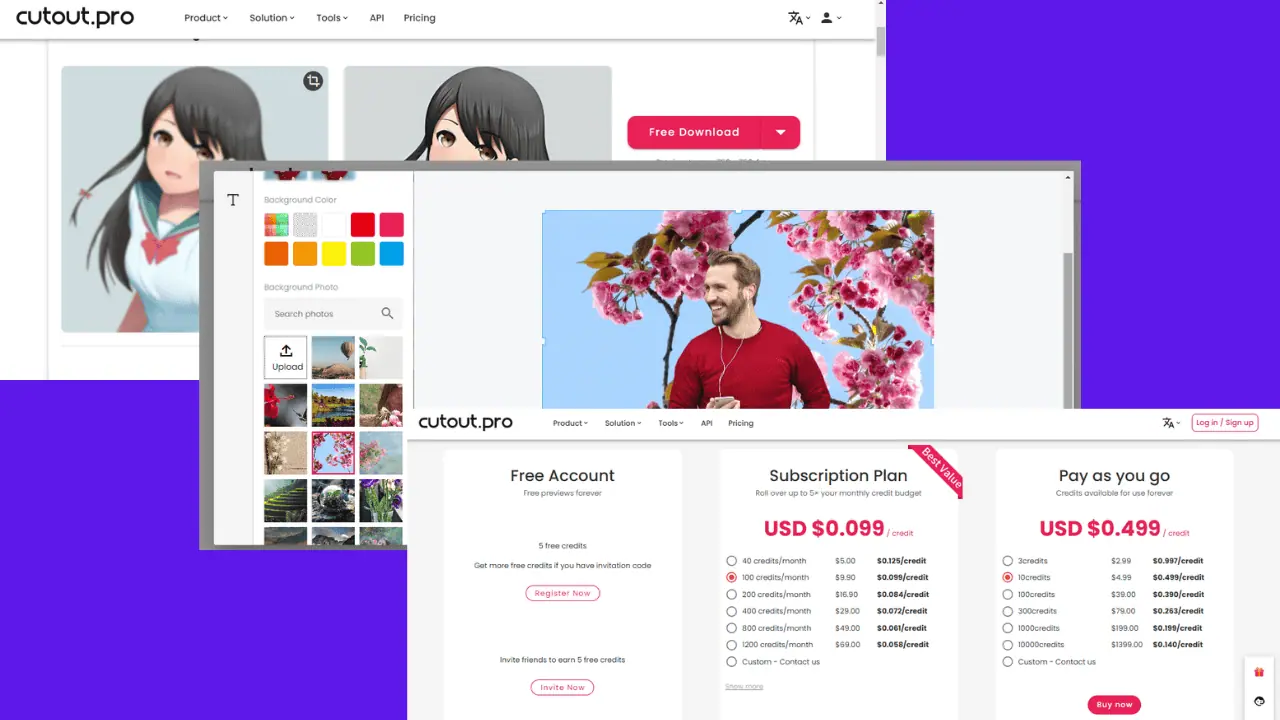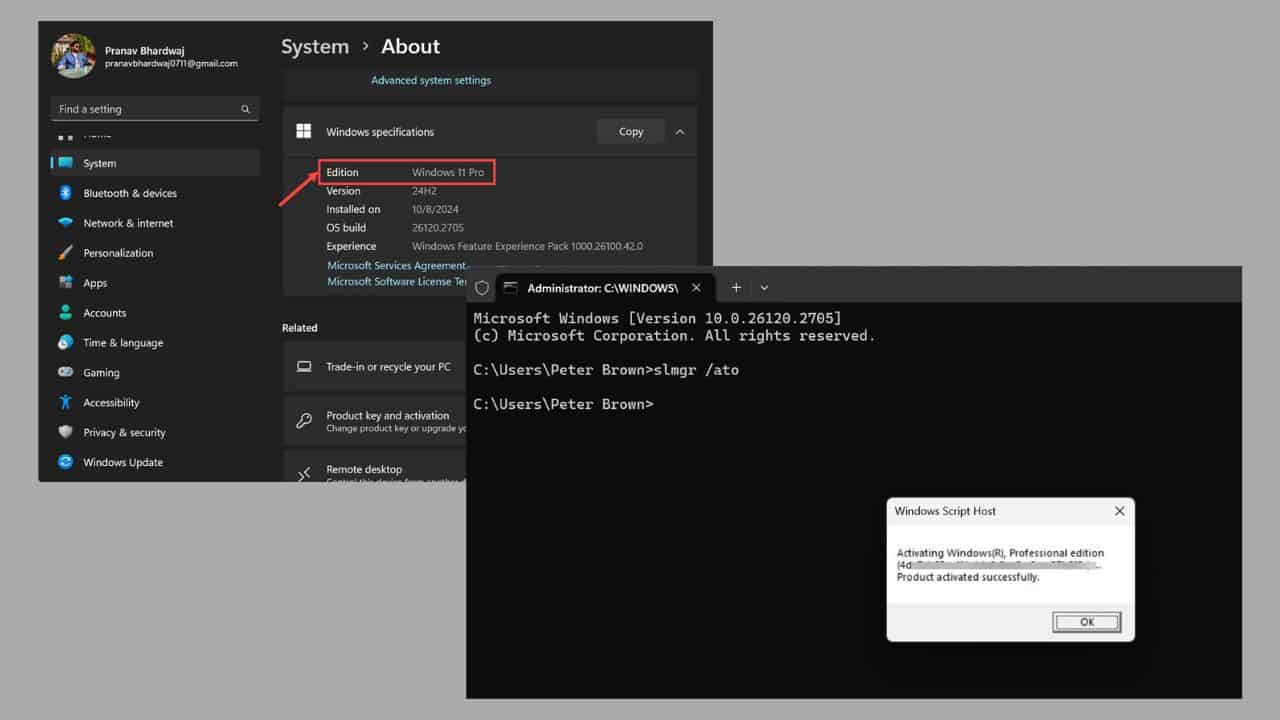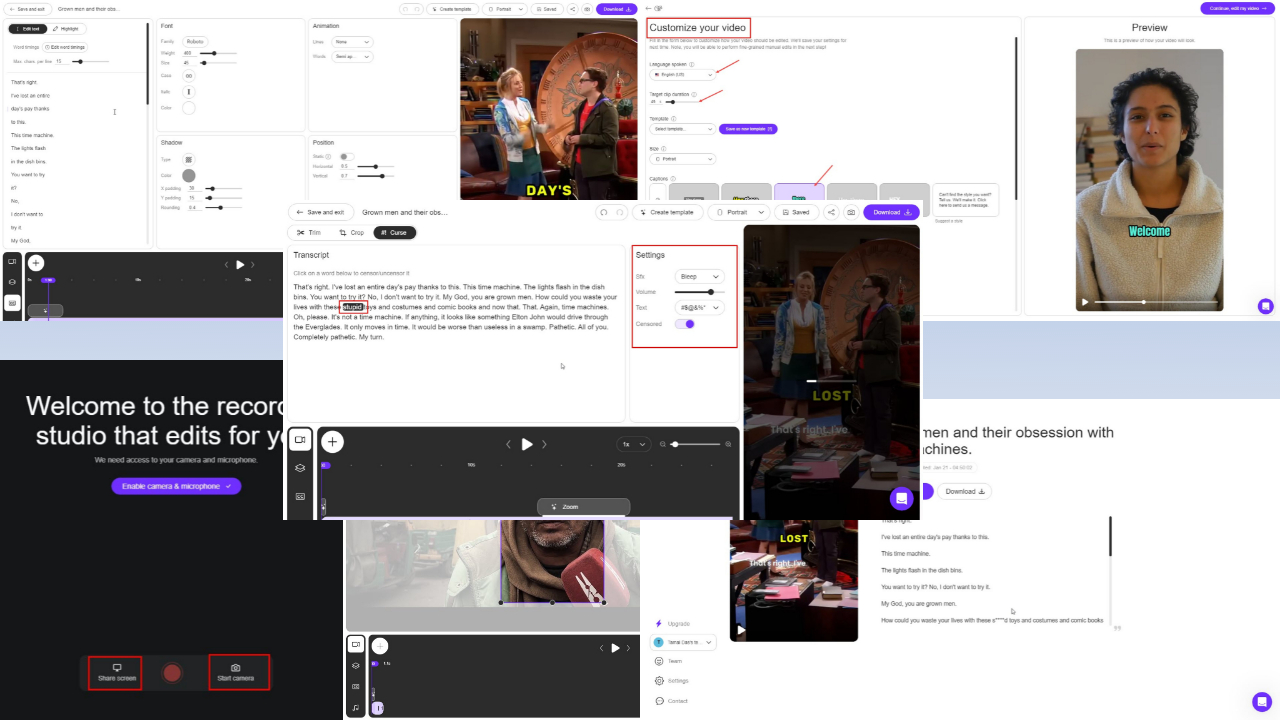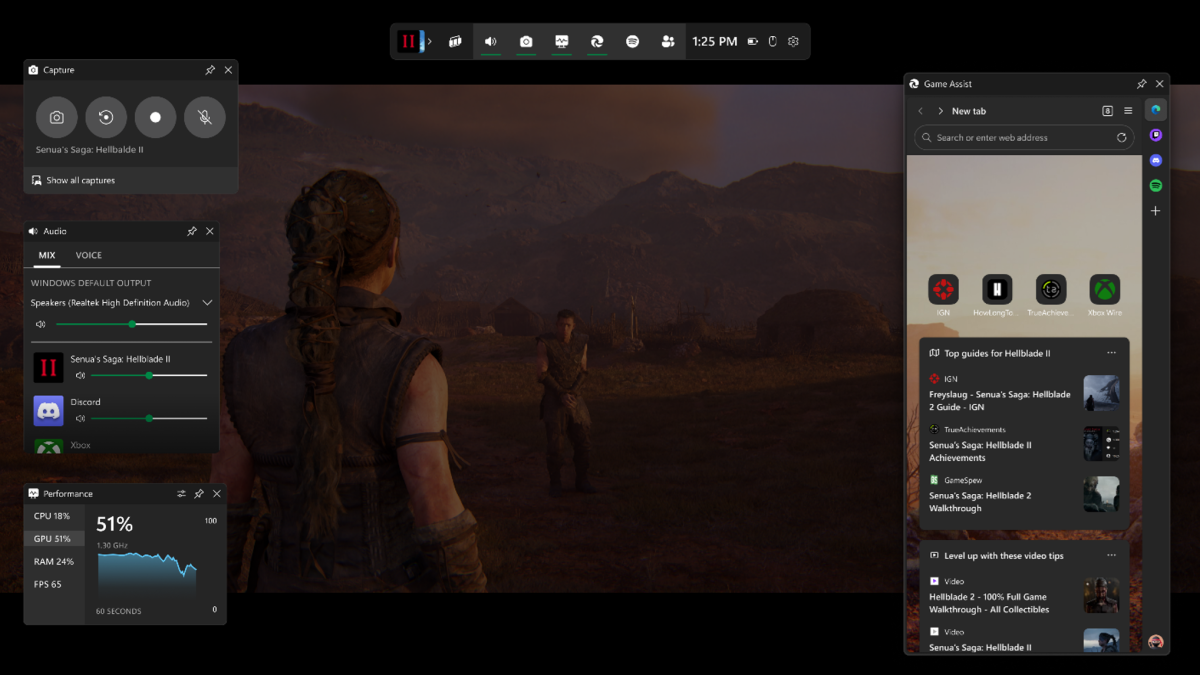Gartner Names Microsoft As A Leader In Its 2014 Cloud IaaS Magic Quadrant report
4 min. read
Published on
Read our disclosure page to find out how can you help MSPoweruser sustain the editorial team Read more
Gartner has named Microsoft as a Leader in its 2014 Cloud Infrastructure as a Service (IaaS) Magic Quadrant report. Gartner has also named Microsoft as a Leader in the Enterprise Application Platform as a Service (aPaaS) market in its 2014 Enterprise aPaaS Magic Quadrant. It is worth noting that Microsoft is the only player who are leaders in both aPaaS and IaaS market.
Scott Guthrie commented the following on Gartner’s report,
We have long maintained that customers need choice and flexibility to navigate this mobile-first, cloud-first world and that Microsoft is uniquely equipped to deliver on that by enabling customers to use public, hybrid or private clouds for maximum flexibility and business benefit. For example, they can instantly provision Virtual Machines, apps and services within Microsoft-managed datacenters around the world. Or, they can develop apps using the languages and frameworks they already use without giving a second thought to the underlying infrastructure. Our commitment is to make it easy for customers to take advantage of the cloud on their terms, not ours.
Read more from Gartner’s report,
Strengths
- Microsoft has a vision of infrastructure and platform services that are not only leading stand-alone offerings, but that also seamlessly extend and interoperate with on-premises Microsoft infrastructure (rooted in Hyper-V, Windows Server, Active Directory and System Center) and applications, as well as Microsoft’s SaaS offerings. Its vision is global, and it is aggressively expanding into multiple international markets.
- Microsoft’s brand, existing customer relationships, history of running global-class consumer Internet properties, deep investments in engineering, and aggressive road map have enabled it rapidly to attain the status of strategic cloud IaaS provider. It is second in terms of cloud IaaS market share — albeit a distant second — but far ahead of its smaller competitors. Microsoft has pledged to maintain AWS-comparable pricing for the general public, and Microsoft customers who sign a contract can receive their enterprise discount on the service, making it highly cost-competitive. Microsoft is also extending special pricing to Microsoft Developer Network (MSDN) subscribers.
- The broader Microsoft Azure service is a full-featured PaaS offering with significant complementary capabilities; the Virtual Machines are integrated into the overall offering. The IaaS and PaaS components within Microsoft Azure feel and operate like part of a unified whole, and Microsoft is making an effort to integrate them with Visual Studio, Team Foundation Server, Active Directory, System Center and PowerShell. Conversely, Windows Azure Pack offers an Azure-like user experience for on-premises infrastructure. Microsoft has built an attractive, modern, easy-to-use UI that will appeal to Windows administrators and developers. The integration with existing Microsoft tools is particularly attractive to customers who want hybrid cloud solutions.
Cautions
- Azure Infrastructure Services are relatively new. Although Microsoft rolled out an array of new features throughout 2013, and continues rapidly to release both “catch-up” capabilities and fresh innovations, many enterprises will still find significant capability gaps, especially in networking and security. Many features are in “preview” (beta) or “coming soon,” and it is not always obvious to customers which features are still in preview. Customers who intend to adopt Azure strategically and migrate applications over a period of two years or more (finishing in 2016 or later) can begin to deploy some workloads now, but those with a broad range of immediate enterprise needs are likely to encounter challenges.
- Microsoft is in the midst of a multiyear initiative to make its on-premises software “cloud first,” rather than trying to scale software originally built for on-premises single-enterprise use. It now faces the challenges of getting its core infrastructure technology to operate at cloud scale, managing that infrastructure at cloud scale, and facilitating the ability of customers to move toward more highly automated infrastructure.
- Microsoft has just begun to build an ecosystem of partners around Azure Infrastructure Services, and it does not yet have a software licensing marketplace. Furthermore, it has little in the way of enterprise Linux options. Consequently, the offering is currently very Microsoft-centric and appeals primarily to .NET developers, although customers do run heterogeneous environments in Azure.









User forum
0 messages